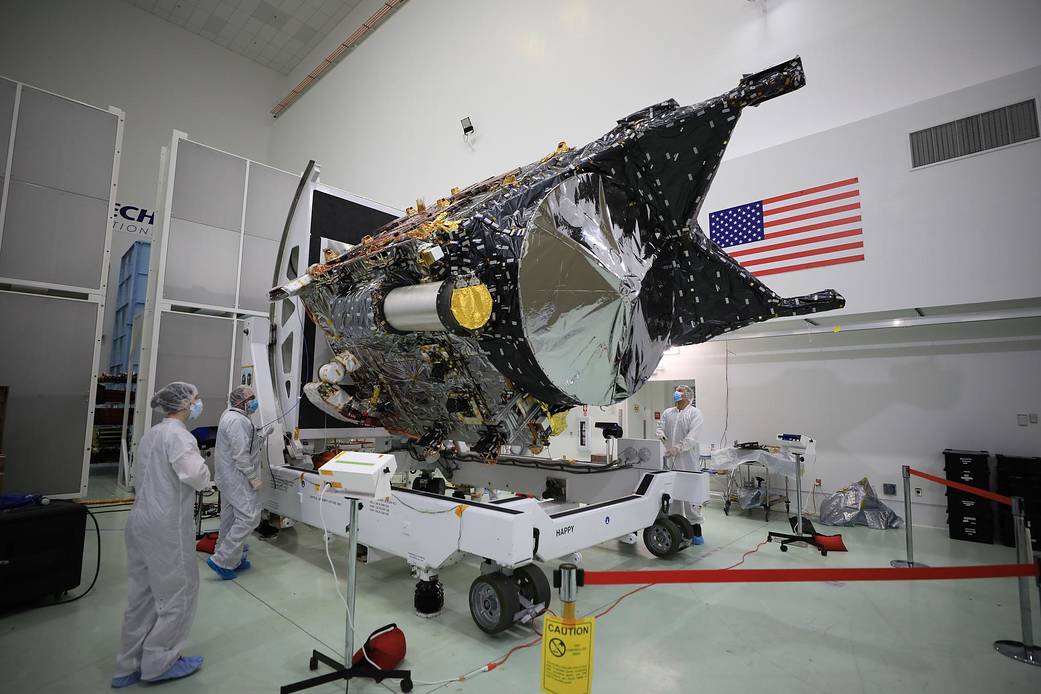
NASA recently received a signal from a spacecraft that’s 10 million miles away. This message, sent through a far-off laser, has the potential to revolutionize how we communicate with spacecrafts, according to the space agency.
This achievement comes as a result of a successful test of NASA’s Deep Space Optical Communications, or DSOC, experiment. What’s noteworthy is that this is the first time data has been effectively transmitted through a laser from a location farther than the Moon.
To put it in perspective, it’s more than 40 times the distance from the lunar surface, as reported by the Independent.
‘Slow or impossible to send large files’
Currently, most communication with spacecraft in deep space relies on radio signals transmitted to and from massive antennas on Earth. While these radio signals have been dependable, their capacity is restricted. This means that sending large files, like high-definition photos and videos, can be a slow or even impossible process.
NASA’s initiative with DSOC aims to change this by exploring optical communications using lasers. This technology has the potential to enhance data rates significantly – up to 100 times faster, according to the space agency.
🛰️ Historic moment! 🌌 NASA's Psyche spacecraft sent a laser signal from over 10 million miles away to Earth. Breaking communication barriers with the Deep Space Optical Communications experiment, paving the way for faster data transmission in deep space exploration. 🚀🔍 #NASA pic.twitter.com/rRlobfIBJI
— SciEcoIndiaBuzz (@sci_buzz) November 24, 2023
Nasa’s Psyche mission, launched last month to explore a faraway asteroid, includes the first trial of this laser technology beyond the Moon. Onboard the spacecraft is a laser transceiver, a device that can both send and receive laser signals in near-infrared.
Last week, the equipment on the Psyche mission successfully connected with a NASA laser beacon in California. This “first light” accomplishment is a crucial milestone in a series of experiments NASA is conducting, according to the Independent.
All these efforts for sending humans to Mars
Trudy Kortes, the Director of Technology Demonstrations for NASA’s Space Technology Mission Directorate in Washington, emphasized the significance of achieving “first light” in the DSOC project. She highlighted that this milestone is just one of many crucial steps in the months ahead.
The ultimate aim is to enhance communication capabilities for sending scientific data, high-definition images, and streaming videos. All of this is in support of the ambitious goal of humanity’s next major leap: sending humans to Mars, Kortes further expressed.
NASA compares the precision needed for the laser signal to aiming a light at a coin from a mile away. Adding to the challenge, both the laser and its target are in constant motion.
In the 20 minutes it takes for the light to travel from Psyche when it’s farthest from Earth, both the planet and the spacecraft will have shifted considerably, as reported by the Independent.
See all the latest news from Greece and the world at Greekreporter.com. Contact our newsroom to report an update or send your story, photos and videos. Follow GR on Google News and subscribe here to our daily email!



